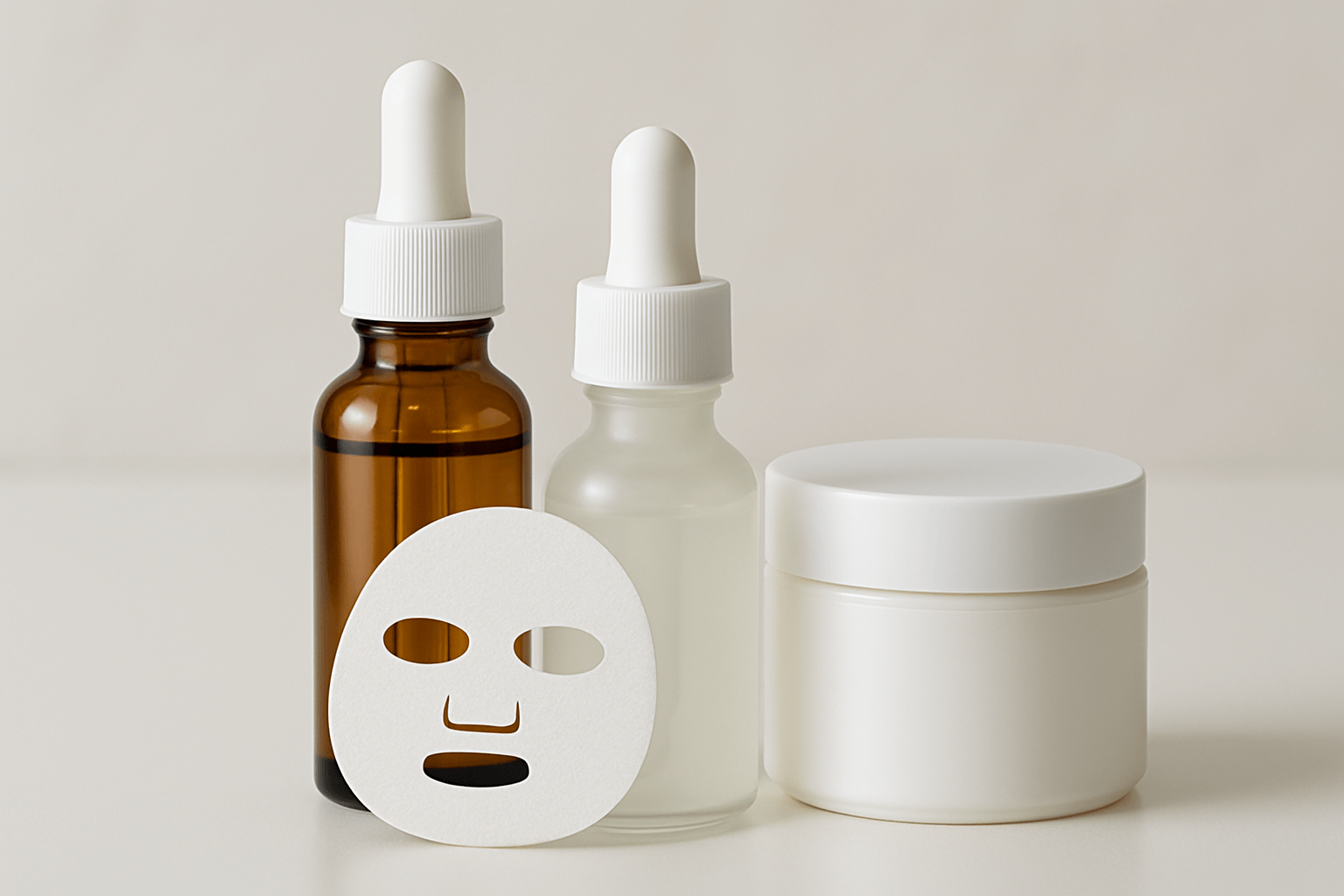Tranexamic Acid in Skincare: What Beginners Should Know
Release time:
2025-08-07
Have you seen the word Tranexamic Acid on a skincare label and wondered what it means? You're not alone. This ingredient is becoming more common in cosmetics, especially products that help with dark spots and uneven skin tone.
What Is Tranexamic Acid?
Tranexamic Acid is a man-made version of an amino acid (a building block of protein). It was first used in medicine to stop bleeding. But today, it’s also used in skincare because it can help make your skin look brighter and more even.

How Does It Help Your Skin?
Your skin has cells called melanocytes that make melanin—the pigment that gives your skin its color. When your skin makes too much melanin, you can get dark spots, especially after sun exposure, acne, or skin injuries.
Tranexamic Acid works by calming the skin and slowing down the signals that tell these pigment cells to make too much melanin. That means it can help fade:
· Sun spots
· Melasma
· Post-acne marks
· Uneven skin tone
It’s often found in serums, creams, or lotions, and can be used along with other ingredients like vitamin C or niacinamide.

Is It Safe?
Yes. In cosmetic products, tranexamic acid is usually used in small amounts (about 2–5%), and it’s considered safe for most skin types, even sensitive skin. You might not see results right away, but with regular use, many people notice brighter and clearer skin after a few weeks.
Who Can Use It?
Tranexamic acid is a good choice if:
You have dark patches, acne scars, or uneven skin tone
You want a brighter, more glowing look
Your skin reacts easily to strong acids, and you want something gentler
Why Do Brands Use It?
For skincare companies and cosmetic manufacturers, tranexamic acid is a great ingredient. It’s stable, works well in different types of formulas, and helps treat skin discoloration without making skin red or irritated.
Final Thoughts
Tranexamic acid may sound complicated, but it's actually a gentle and effective skincare ingredient. It helps reduce pigmentation, smooth out skin tone, and bring back your natural glow. Whether you're a skincare fan or someone creating new cosmetics, this is one ingredient worth knowing.

BLOGS
Will Sodium Hyaluronate Clog Pores?
Will sodium hyaluronate clog pores? Learn why it’s usually non-comedogenic, what causes breakouts in HA products, and how acne-prone skin can use it correctly—plus why high-quality manufacturing standards matter.
Sodium Hyaluronate in Lipstick: Hydration Hero or Marketing Hype?
Hyaluronic Acid Lipstick: hydration hero or hype? Learn why water-soluble sodium hyaluronate struggles in waxy lipsticks—and how oil-dispersible HA can actually help.
Can Low Molecular Weight Sodium Hyaluronate Really Penetrate the Skin?
Can low molecular weight sodium hyaluronate penetrate the skin? This science-based guide explains how molecular weight affects skin interaction, hydration, and epidermal penetration.
What is Sodium Hyaluronate Crosspolymer?
Discover what Sodium Hyaluronate Crosspolymer is and why skincare brands are increasingly using this advanced form of hyaluronic acid. Learn how it’s made, how it compares with regular HA, its long-lasting moisturizing benefits, and how to choose a reliable manufacturer like Focusfreda for high-quality Sodium Hyaluronate Crosspolymer.
Which Major Brands Use Hyaluronic Acid?
Learn which mainstream skincare, cosmetic, injectable, eye care, and health supplement brands use hyaluronic acid. Explore hyaluronic acid applications, top brands, and why this versatile ingredient is so popular worldwide. Reliable products stem from safe raw materials, making the selection of hyaluronic acid raw material manufacturers crucial.
Can Sodium Hyaluronate Be Used in Pet Care Products?
With the growing demand for pets' mobility, eye health, and grooming, Sodium Hyaluronate has become a key ingredient of interest. Partnering with reliable Sodium Hyaluronate (sodium salt form of hyaluronic acid) manufacturers helps create pet health products that the market trusts.








